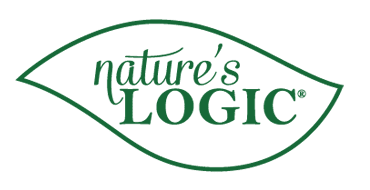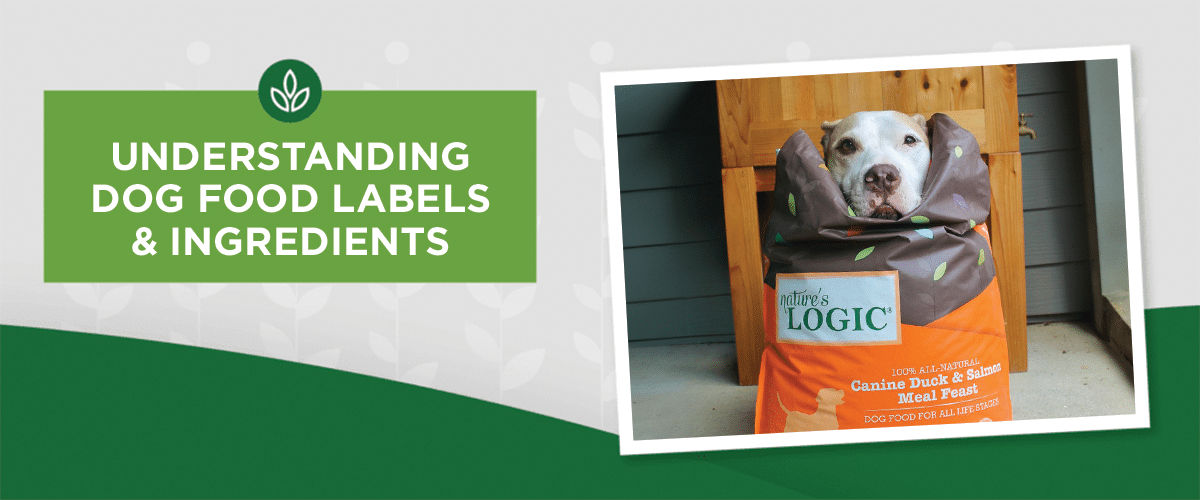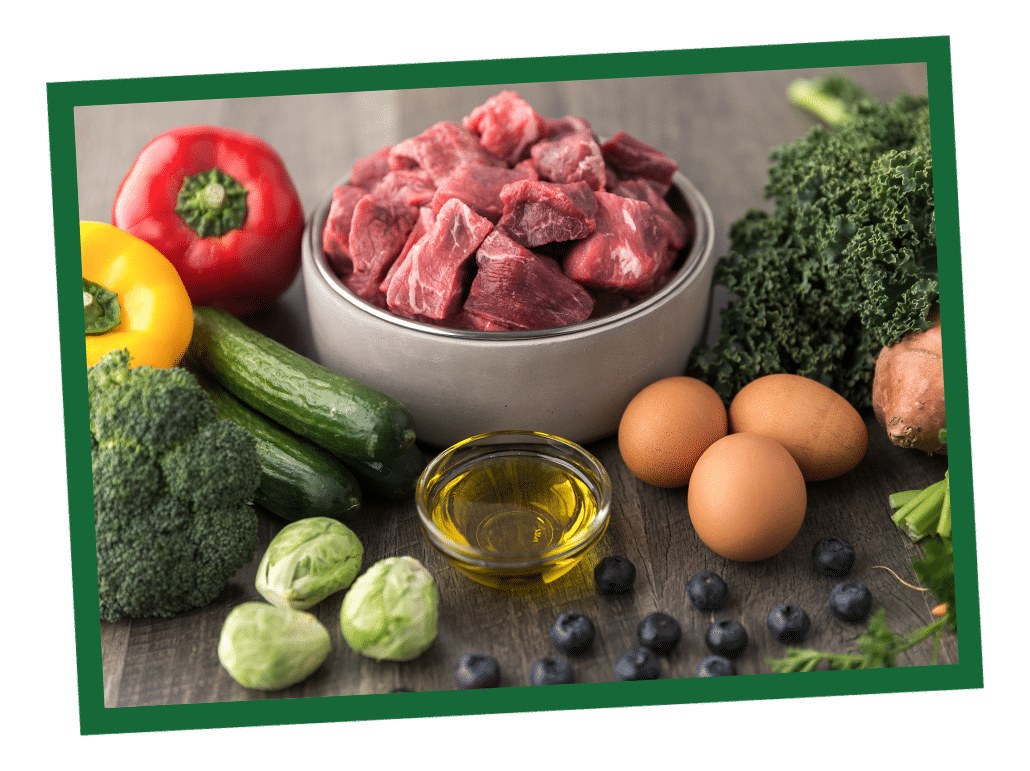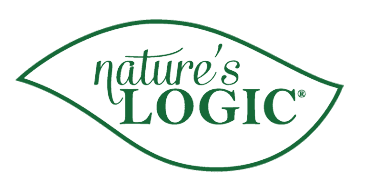How to Read Dog Food Labels
Dog food labels can be full of dense information and can be difficult to interpret if you don’t know what to look for. Learning how to read dog food labels can help you make informed choices about your dog’s nutrition. This guide will help you recognize and analyze the key components on dog food packaging including the ingredients list, guaranteed analysis, and other labels or certifications to help you choose a recipe that best meets your dog’s needs.
Understanding the Ingredients List
This is the list of ingredients that are included in the recipe. The ingredients are listed in descending order by weight. The ingredients at the top of the list have higher inclusion in the recipe than those that appear further down towards the bottom of the list.
Dog Food Ingredients to look for:
When reading dog food labels, it’s important to look for key ingredients that may indicate a balanced and nutritious diet for your pup. Here are some essential dog food ingredients to look for:
- Named protein sources: Look for a recipe that has a named high quality animal protein as the top ingredient. High quality named meat sources can include whole proteins like chicken, beef, and fish or named meals like lamb, rabbit, or turkey.
- Healthy fats: Omega-3 and Omega-6 fatty acids can promote healthy skin and coat for your pup. Look for sources of healthy fats from animal fats or plant based oils like chicken fat, fish oil, or flaxseed oil.
- Digestible carbohydrates: Carbohydrates like whole grains, fruits, and veggies should be easy for your dog to digest and convert into energy.
- Whole grains: Carbohydrates from whole grains like brown rice, oats, barley, and quinoa may provide energy and fiber which can promote digestive health.
- Fruits & Vegetables: Fruits and veggies are excellent sources of vitamins, minerals, and antioxidants. Ingredients like sweet potatoes, carrots, peas, blueberries, apples, and even pumpkin can provide essential nutrients and support your dog’s immune system.
- Vitamins and minerals: Choose food that contains essential vitamins and minerals like vitamin E, vitamin C, Zinc, and calcium.
- Prebiotics and probiotics: Dog food recipes that include prebiotics and probiotics can help to support healthy digestion.
Ingredients to Avoid in Dog Food:
- Artificial flavors, colors, and preservatives: These offer no nutritional value and may cause irritation.
- Fillers: Ingredients like corn, wheat, and soy are often used to bulk up the food but offer little nutritional value for dogs.
Analyzing the Guaranteed Analysis
This section lists the inclusion levels of key nutrients like protein, fat, fiber, and moisture. When reviewing, look for recipes with high protein content. Foods with high crude fiber content can indicate inclusion of fillers like corn or wheat which can be difficult for your pup to digest and offer minimal nutritional value.
The guaranteed analysis on dog food packaging provides information about the minimum or maximum percentages of certain nutrients in the food. These typically include:
- Crude Protein: This indicates the minimum percentage of protein in the food.
- Crude Fat: This indicates the minimum percentage of fat in the food.
- Crude Fiber: This indicates the maximum percentage of fiber in the food.
- Moisture: This indicates the maximum percentage of water content in the food.
Additionally, some dog food packaging might also list specific vitamins and minerals and their minimum or maximum percentages.
These percentages provide a basic idea of the nutritional content of the food and can help dog owners choose the appropriate diet for their pups.
Examining Feeding Directions
The feeding directions section on dog food packaging typically provides guidance on how much food to give your dog based on factors such as weight, age, and activity level. Nature’s Logic provides a feeding guide online to make it easy for pet parents feeding Nature’s Logic to reference.
- Recommended Serving Size: This is usually listed as a suggested amount of food per day, often measured in cups. It serves as a starting point for feeding your dog.
- Weight Guidelines: Feeding directions often provide weight ranges to help determine the appropriate serving size for your dog. Dogs come in various sizes, from small breeds to large breeds, and their nutritional needs vary accordingly.
- Age Considerations: Puppies, adult dogs, and pregnant dogs have different nutritional requirements. Feeding directions may provide specific guidance for how much to feed at each stage of life.
- Activity Level: Active dogs burn more calories and may require a larger serving size compared to less active dogs. Feeding directions may adjust recommended amounts based on activity level.
- Other reminders: It’s common to find a reminder to provide fresh water alongside the food. Water is essential for hydration and aids in digestion. Pet owners are usually encouraged to monitor their dog’s body condition and adjust the feeding amount as needed. Overfeeding or underfeeding can lead to health issues, so it’s important to regularly assess your dog’s weight and adjust their diet accordingly.
It’s important for pet parents to follow the feeding directions provided on the packaging or as advised by their veterinarian to ensure their dog receives proper nutrition and maintains a healthy weight.
Additional Labels & Certifications
In addition to the guaranteed analysis and ingredient list, dog food packaging may feature other labels or certifications that pet owners may want to look for. Some of these labels and certifications include:
- Grain Free: For pet owners seeking grain free options for their dogs, a grain free product ensures that the food does not contain any grains such as wheat, corn, or soy.
- Allergen Information: Labels that clearly indicate the absence of common allergens such as gluten, corn, wheat soy, or synthetic vitamins or minerals.
- Sustainability Certifications: Some pet food brands, like Nature’s Logic, may carry certifications indicating sustainable packaging and production practices.
By looking for these labels and certifications, you can make informed choices about your dog’s diet.
Choosing the Right Food for Your Dog
- Check the Ingredients: Look for dog food with high quality, all natural ingredients, like Nature’s Logic dog food. Select recipes that list named proteins like beef, chicken, and sardine as the first ingredient. Avoid foods with too many fillers, by-products, artificial additives, or synthetics.
- Review the GA: The guaranteed analysis provides a snapshot of the nutritional composition of dog food. Look to see that the label at least provides levels of protein, fat, fiber, and moisture.
Additionally, when purchasing pet food, check for the lot number and expiration date of the product. Store dry foods in closed containers but be sure to keep the lot number and expiration date information from the bag handy should you need it in the future. Open canned food can be refrigerated for a few days.
In the end, the best food for your dog depends on their individual needs and preferences. Whenever considering switching your dog to a new food, it’s worthwhile to discuss the plan with your vet to confirm the best course of action for your pup. No matter which option you choose, prioritize a high quality recipe with all natural ingredients to promote a healthy, natural life for your pup.







